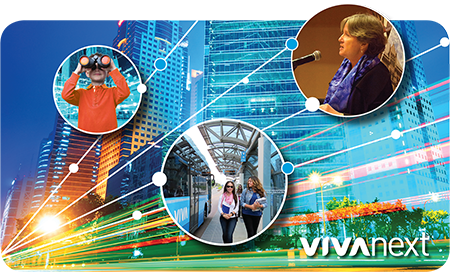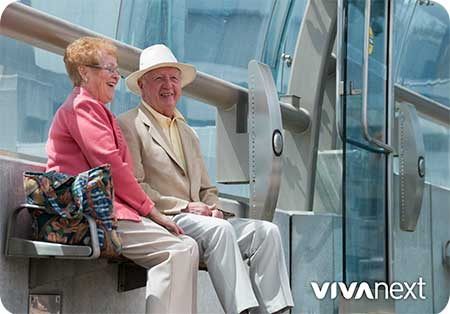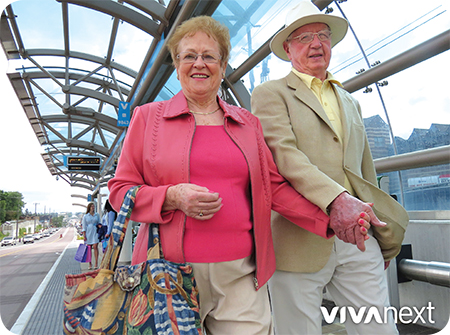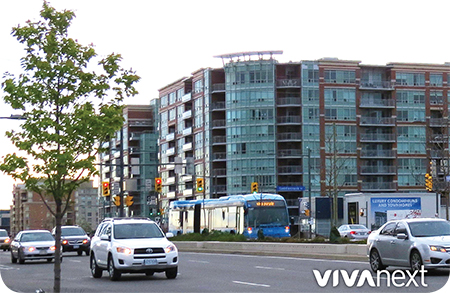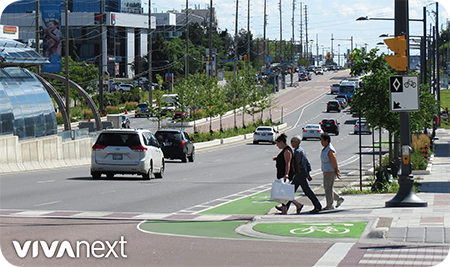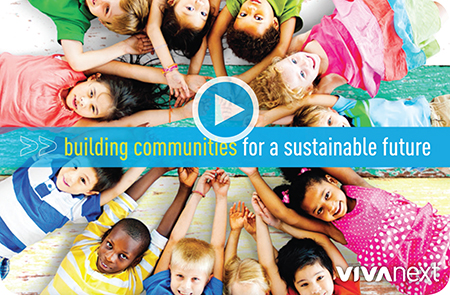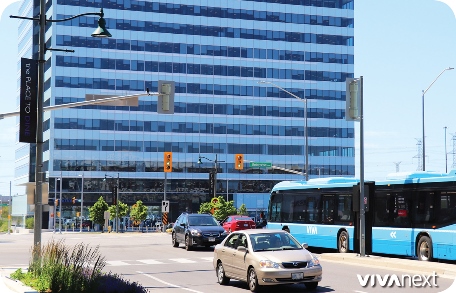
Development brings to mind condo towers and big business. It doesn’t necessarily make us think of entertainment, education and recreation. Given some new and upcoming projects, that is what’s in store for Markham.
Markham Movieland, a 400,000 square-foot TV/film studio, was recently announced for Markham. The new studio will feature several soundstages, with one blockbuster-sized 70,000 square-foot soundstage – the largest in North America. The facility is expected to be built by the end of 2020 fulfilling an increasing demand for film facilities and workers. Markham Movieland will be conveniently located along transit routes near 14th Avenue and Kennedy Road, just south of Markham Centre.
Construction also begins this year on the new York University Markham Centre campus, opening to over 4000 students in 2021. The new campus will build on an existing partnership between the City of Markham and York University to boost the innovative and entrepreneurial efforts of local businesses. The University is working with Cineplex to host classes at the Cineplex theatre in Markham Centre – aligning business and education. It will offer joint programs with Seneca College, connections to other Markham businesses [such as IBM], and perhaps most importantly, connections to transit.
Just east of the new York U campus is the Markham Pan Am Centre, a world-class sports facility used recently during the 2015 Pan American and ParaPan American Games. It features an Olympic-size pool, multiple gyms and a fitness facility, training/meeting facilities and staff for hosting large events.
Several condo and business developments are planned for the area in the next 5-10 years, an amazing change considering this part of Markham was empty fields just 10 years ago.
We’ve highlighted Markham, but really this type of mixed-use, transit-oriented development is on the horizon for York Region’s other city centres too. In Vaughan, a new subway and bus rapid transit hub is bringing new condos and businesses to the area, and in Newmarket, more amenities and services are on the way for Davis Drive. Richmond Hill is at York Region’s centre, where several developments are waiting in the wings for the Yonge Subway Extension to begin construction.
Growth, when planned well, brings opportunities. And in York Region, there are many more to come.

